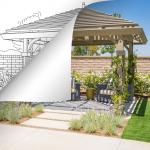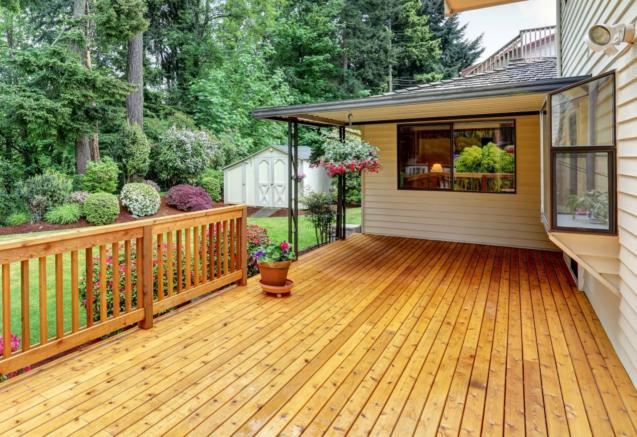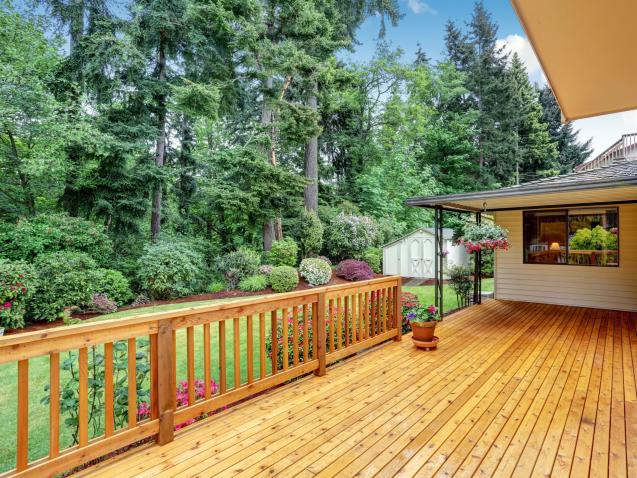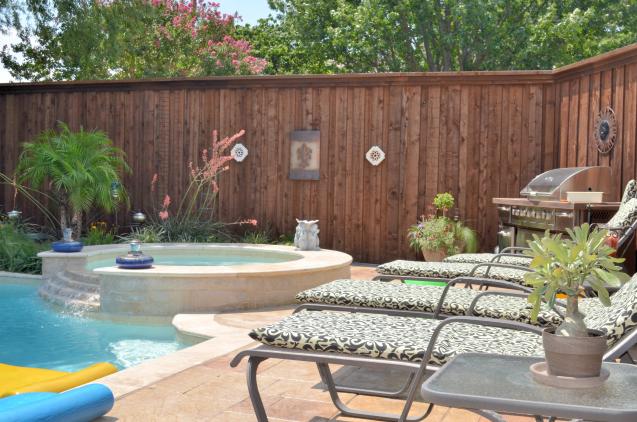
Exploring the Major Components Contributing to the Price of a Pergola Build
Getting a handle on the cost to build a pergola is certainly paramount, as it influences your budgeting and planning decisions. Understanding the wide range of factors that weigh on the cost provides critical insight that will guide your pergola building journey, ensuring you don't venture into the ordeal blind as a bat. The remainder of this detailed discussion will dissect the various elements impacting the price tag of constructing a pergola, particularly focussing on Australian homes.
The Influence of Material Choices on Pergola Construction Costs
When it comes to constructing your pergola, the choice of material is a non-negotiable aspect that will significantly affect the overall cost. Common materials including wood, vinyl, fibreglass, and metal each come with their unique price points, durability levels, maintenance demands and aesthetics.
Wood – a darling to many homeowners – ranges from budget-friendly softwoods to high-end hardwoods like teak or cedar. Although wood offers warmth and natural beauty, maintenance can put a spanner in the works; it needs regular staining or painting to prevent decay from the elements.
Vinyl, on the flip side, is more resilient but less traditional in appearance. While it requires less maintenance, it’s generally pricier than some woods. Fibreglass strikes a middle ground – though its upfront cost might make your wallet sweat, it's durable and requires less maintenance. Then there's metal, known for robustness and durability. Aluminium and steel can, however, heat up under the Australian sun, and might demand additional cooling solutions.
The choice of material should ideally strike a balance between cost, durability, and aesthetic preference – quite an intricate dance to get right.
The Impact of Pergola Size and Design on Price
Size and design, just like material choice, can send the cost of pergola construction spiralling. As you would expect, bigger pergolas eat up more materials, translating to a higher overall cost. A design that’s as plain as a pikestaff can be budget-friendly, but if you are after intricate designs, brace yourself for additional costs.
Custom designs can bring your unique vision to life, but they can sometimes prove to be a costly adventure when compared to standard structures. Australian homeowners are, therefore, advised to think outside the box and consider how the size and design of the pergola will impact both the upfront cost and ongoing maintenance expenses.
Cost Factors Related to Labor and Installation
No man is an island, and unless you're a certified DIY enthusiast, you'll need professional help to build your pergola. Labour costs can vary like the wind, depending on the complexity and size of the project. A custom design or large size pergola can shoot up installation charges, as they invariably demand more hours and expertise.
You also can't turn a blind eye to additional expenses such as site preparation, permits, and inspections, which can leave you financially winded if not considered from the start. In Australia, the typical cost of a pergola installation can significantly range, contingent on these various factors, hence the importance of getting comprehensive quotes before committing.
The Effect of Additional Features and Upgrades on Cost
When dreaming of your perfect pergola, the bells and whistles can't be omitted. Lighting fixtures, heaters for cool nights, shades for the sizzling Australian summers, and decorative elements like curtains or trellis can inject personality into the structure but will inevitably impact the total price.
While it's all too easy to get carried away with these delectable add-ons, remember to run the numbers. Some of these features, like integrated lights or heaters, can offer long-term value, boosting the pergola's utility. Mull over your choices, preferences, and financial position before plunging in.
Maintenance Costs Over the Lifespan of a Pergola
Under the dazzling Australian sun or winter rains, your pergola will need a bit of tender loving care over its lifespan. From periodic painting, staining, repairing damaged sections, to preventing pest infestation, maintenance costs can add a fair whack to the final spend.
Different materials will also demand different maintenance routines and costs. For instance, while wood can be high-maintenance, requiring annual sealing or painting, vinyl might only need a good hose down occasionally. Regular maintenance can extend your pergola's lifespan and maintain its good looks, proving a financially savvy move in the long-run.
Conclusion
In a nutshell, the cost to build a pergola hinges on a plethora of factors, including materials, size, design, labour, additional features, and ongoing maintenance. It's vital for Australian homeowners to wrap their heads around these elements to make thoughtful decisions that balance both cost and quality.
While budget constraints may be a reality, striking a balance between the up-front cost and ongoing maintenance can be the key to achieving a beautiful, functional and economical outdoor pergola. There's no denying the immense value pergolas can add to Australian homes, but understanding the cost involved will ensure you make this addition without a financial hangover. After all, who wouldn't want a piece of this pretty penny?



